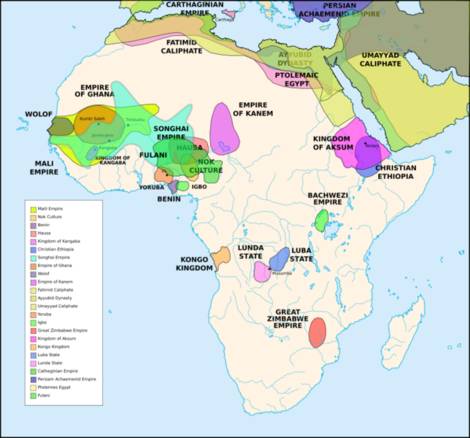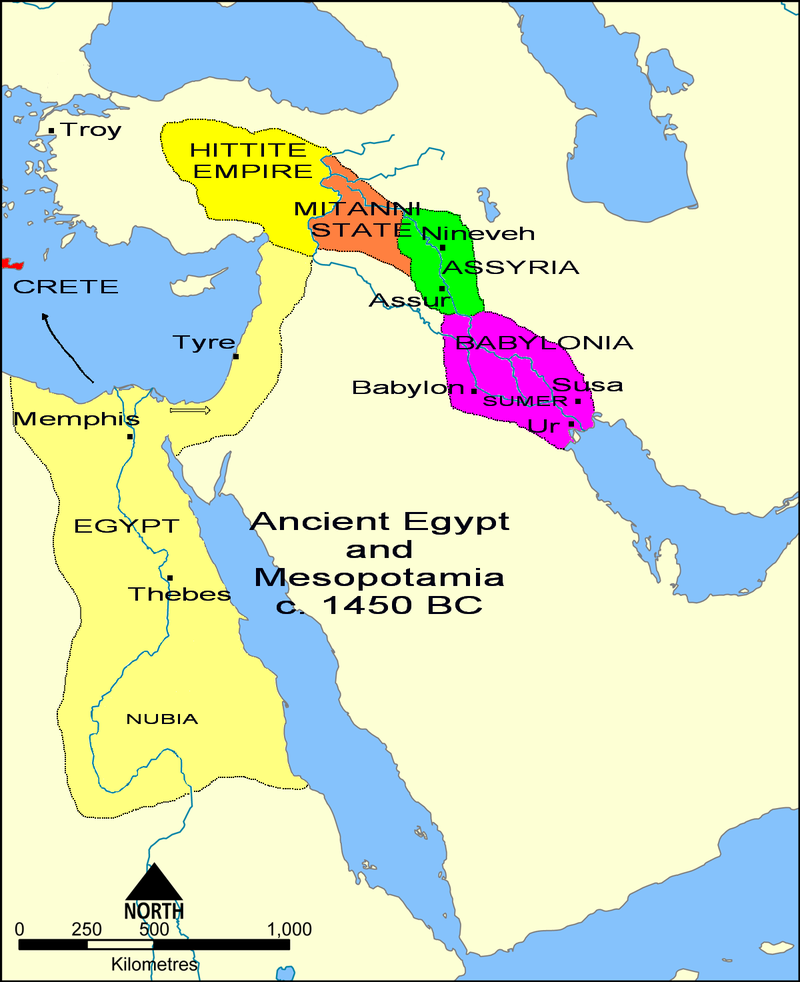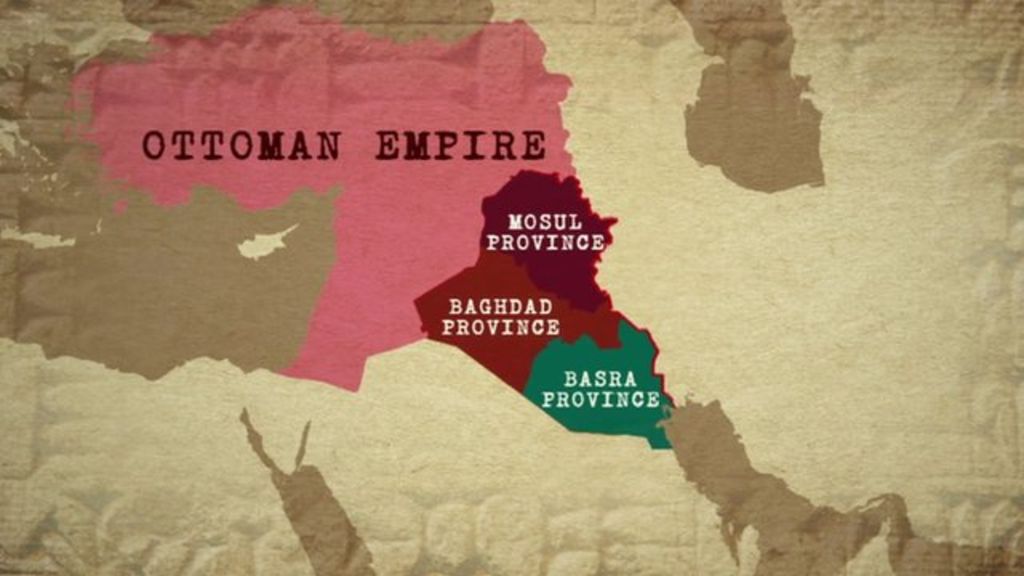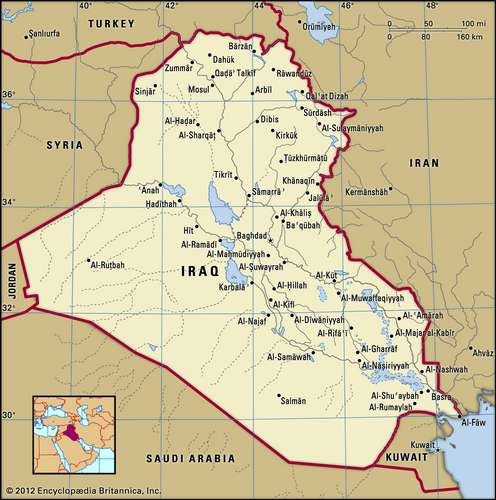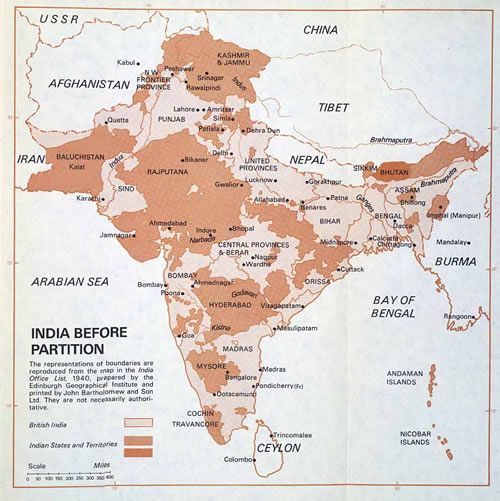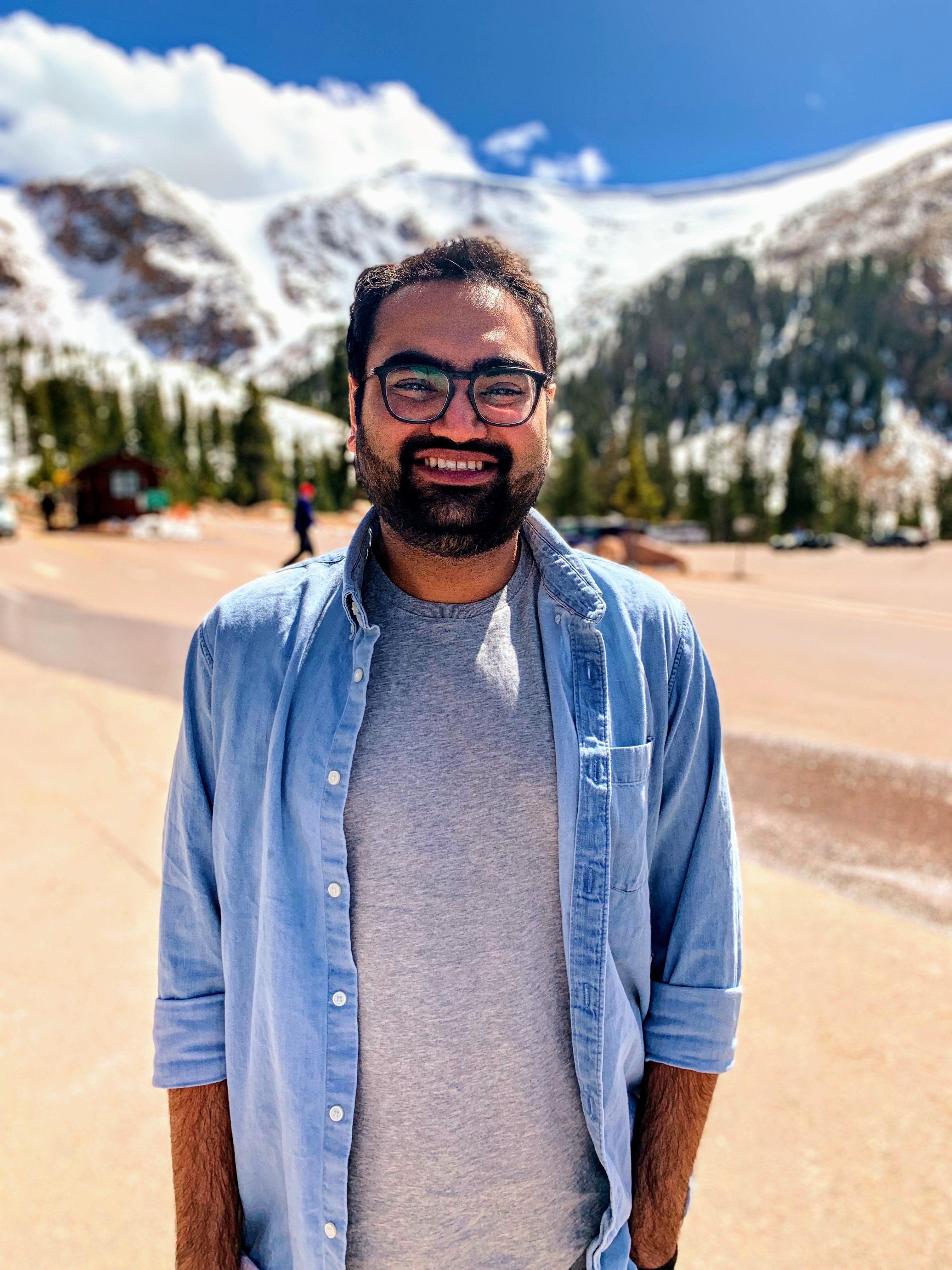I hated Geography in school. It didn’t make any sense to me. How will learning about borders, countries, continents help me in any way? The worst was name the capital cities of these 10 states for 10 marks. What the fuck?!
Now that I am not in school anymore and supposedly an “adult”, I have started picking up on Geography more. It is an intriguing topic.
One of the major reasons for this change of heart is Johnny Harris and Vox Borders. Johnny who is a map-enthusiast studies various borders and the cultural, political, and economic impact of these borders and he does that while traveling the world! It is really interesting.
So when I found Tim Marshall’s Prisoners of Geography: Ten Maps That Tell You Everything You Need To Know About Global Politics (check it out on Amazon here) I got really interested.
It described one of my most hated (and low-scoring subjects) from school in a very Johnny Harris-y way.
Prisoners of Geography: Ten Maps That Tell You Everything You Need To Know About Global Politics
The book is exactly as the title says.
The book takes 10 maps of the world and provides a commentary on how the borders were formed.
More than that, it explains the past and current political issues and how geography might have a part in these issues including wars. There were a lot of things that I learned from this book e.g. annexation of Crimea by Russia in 2014 or the formation of NATO.
But the part that I found most interesting were three borders that were discussed in this book; borders that were formed as part of colonization or after colonization came to an end. These colonial borders are from three different chapters but the pattern is clearly visible.
These colonial borders are –
Now, I am no expert in Middle-East diplomacy, African or Indo-Pak conflict. For fuck sake, I had to Google the borders on the map to understand where they were located geographically while I was reading the book.
But the way these colonial borders were formed was really interesting to me.
I was really intrigued by how some hastily taken decisions without any thought behind the culture, traditions, and the history of these countries is one of the causes of constant wars and border skirmishes.
Now I am not saying these borders are the real and only reason for the mess that these countries are in.
I just found that understanding the borders and history behind them helps you better understand the cultural issue behind the problems in these countries. The geographical borders are surely a contributing factor. A little too late for the colonizers to realize though!
COLONIAL BORDERS – the Democratic Republic of the Congo
Mercator Map
Before we start discussing Africa, let’s talk about the Mercator map. Mercator map is the standard map that you see every day on Google maps, in your exam paper, in stationery stores, and so on. But it was also used by the navigators and explorers during the age of colonization.
But the issue with Mercator maps is that they are flawed! It makes the countries near to the north and south poles appear much larger than they actually are.
I mean just take Africa on the Mercator map. It appears to be the size of Greenland but in fact, Africa is fourteen times the size of Greenland!
Here is our boy Johnny Harris explaining it in this beautifully edited video.
Now when you can’t see the size of the country realistically, you wouldn’t be able to understand the issue, let alone divide it!
Congo Colonization
Congo is situated in Central Africa, so for the longest time, there were no colonizers in Congo because of its geography.
It had been occupied by three large empires and a bunch of small tribes: the Luba Empire, the Lunda Empire, and the Kongo Empire. Out of these three large empires, the Luba Empire was the largest and dominated most of the land.
When the British, Dutch, Portuguese, Belgian, and French colonizers started ‘exploring’ Africa, they started drawing lines on the maps. These lines denoted how far each country had reached within Africa and till where their military, businessmen, and explorers could travel.
They never took into account the people living in between the lines, the culture, or how they wanted to organize themselves! The colonizers just drew the lines.
As stated by Alexei Simakov in their article, “this approach followed the practice of colonial division in Africa: grotesque vertical and horizontal borders that paid no mind to the intricate division of tribal and ethnic territory which they cut through. Lines, which fit so neatly into European maps, translated into devastating consequences on the ground after the waves of independence in the 1950s and ’60s. The native lands of one group taken and arbitrarily assigned to another; historically cohesive ethnic clans segregated into neighboring states only to find themselves as persecuted minorities; disparate tribes with long histories of conflict clumped into a single nation and expected to form a common identity; it is little surprise that the history of Africa in the second half of the twentieth century is one of seemingly constant bloodletting, only catching the international community’s attention only when the violence gets particularly genocidal.”
Congo eventually fell to the Belgians. King Leopold of the Belgians used Congo as his personal property stealing its natural resources to line his pockets.
The Belgian colonies were brutal from start to finish and make the British and French colonies look benign. The British at least built infrastructure to help themselves. Sorry, I meant to help the colonies.
Leopold used Congo largely for its ivory resources and rubber plantations. Their regime in the Congo used forced labor, and murder and mutilation on indigenous Congolese people who did not fulfill quotas for rubber collections. Some put the estimate around 10 million Congolese deaths which was 5th of the population at the time.
Congo After Colonization
In 1960, Congo won its Independence and thus, the Democratic Republic of the Congo was formed. Now, Congo is neither Democratic nor a Republic. It is just a giant hole in the middle of Africa.
The people in Congo are divided into more than 200 ethnic groups and there are several hundred languages. The civil wars began immediately after their Independence.
Also, since it’s a resource-rich large country in Africa, everyone wants a bite. The Democratic Republic of the Congo is surrounded by 9 warring African countries. Congo war is called the “African World War”. The country has become a large battleground with more than 20 factions (including the traditional tribes pre-colony) fighting in the country.
The wars have killed tens of thousands and millions due to disease and malnutrition.
The issue with the unification of the Democratic Republic of Congo is that it was never unified. Even pre-colony, people were actually living in their own tribes and kingdoms.
Colonizers took a bunch of tribes and forced them to perpetually live together giving rise to one of the deadliest wars since World War II.
COLONIAL BORDERS – Iraq
The Europeans used ink to draw lines on a map: they were lines that did not exist in reality and created some of the most artificial borders the world has seen. An attempt is now being made to redraw them in blood.
The Middle East has always been fascinating to me. Not just because of the conflicts but what does the Middle East even mean? Middle of where? East of what?
Living in India, I was always confused by calling something east when it was so clearly to the west!
The Middle East is an antique nation and has a lot of cultures. It has existed for centuries and has seen a lot of empires – Mesopotamia, Ottoman, British-French colonization.
Present day middle-east has always been divided into three because of the people occupying the land.
The region was divided into Assyria, Babylonia, and Sumer when the Persian, Alexander the Great, and later Umayyad dynasty ruled.
Then came the Ottoman Empire and the Turks saw a mountainous area dominated by Kurds to the north, then they saw flatlands leading toward Baghdad where they saw a place where the majority of people were Sunni Arabs. And then finally, they saw the marshlands to the south, the city of Basra, and more Arabs, most of whom were Shia.
They ruled the space accordingly, dividing it into three – Mosul, Baghdad, and Basra.
Sykes-Picot – French and British Colonization
So after the Ottoman Empire collapsed, the British and French colonizers saw the same region and were like, “aye yo! – you know what makes sense? Let’s make them one so it is easier to rule. You take one half and I will the other. Oh yes, let’s also call it the middle-east because that is sensible. Cool?”
And thus, Sir Mark Sykes (British) and Francois Georges-Picot (French) took a pencil drew a fucking line on the map, and decided to rule the “middle-east” region.
They also made a lot of promises to the indigenous people living in the area which were obviously broken once the colonizers left. But what was left behind were people from different cultures who were now forced to live together in one region, having lived separately for centuries.
And as you all know (or might have hopefully heard), this has caused a lot of problems.
The Kurds are the first ones to leave Iraq. The Kurds are concentrated in the north-western mountainous region of Iraq and with the Kurds in the south of Syria, they are demanding their own nation-state Kurdistan.
Then comes the problems between Sunni and Shia Muslims. These are not just two factions of religion but they are further divided into branches. This is only causing more conflict and dispute as each branch and division have separate religious practices, want to be in power, and feel the other divisions are lowly.
I understand that this is an oversimplification of the issue in Iraq and the entire middle-east region. But the countries that were divided post-colonization are facing the same issue and the issue is only exacerbated by religious conflicts.
COLONIAL BORDERS – India and Pakistan
I never imagined that I would write about this topic.
The reason is that the issue is overly complicated, politicized, and problematic. Another reason is that I am saturated by constantly hearing about it 100 times a day on various news channels in India.
To make things simple, I am going to call pre- and post-partition India as India. So, “nO IndIA WAsN’t aCTuALly INDia beFORe 1947”. I am hoping that we can collectively move away from Bharat and Hindustan arguments, at least for this article.
The first problem I faced when I was writing about India and Pakistan was which map to use. There is still a lot of hate towards the “Mughal” empire and fighting over who came to India first and if Indians always existed and which princely state ruled India… and so on.
But since the article is related to colonial borders and its effects after the colonists left, I will be using the pre-partition map of India which I luckily found.
Pre-partition, India was divided into British Colonies and a number of princely states. India is an amalgamation of a large number of regions, castes, languages, religions that have lived together intermixing for centuries.
Similar to other colonies, British rulers plundered India and her riches. India was the crown jewel of the British Raj.
Partition of India
By 1947, the Independence movement India got really strong and the British were in a huge debt after the World War. They were forced to leave India. And they left behind one of the most bizarre lines drawn on a map. The Indo-Pakistan border.
Mountbatten, “I am in India to help with the transition and division of India into a secular India and Muslim-majority Pakistan.”
“Sir, it will take about 5 years to properly transition and divide the country”
Mountbatten, “Okay, I am bringing in Cyril Radcliffe to help with the partition. By the way, he has never been to India.”
“Sir?”
Mountbatten, “Also, we don’t have 5 years, let’s do it in 4 months. And since Cyril will be here in July, so technicallllyyyyy he has 5 weeks.”
“Sir…?!”
Mountbatten, “And just for fun, let’s divide Pakistan into two as well – let them be 2000 kilometers apart – that will just make more sense.”

In early 1947, Lord Mountbatten arrived in India to take control of the division. Mountbatten was told it would take 5 years to properly transition the rule from British to India. By April, Mountbatten had decided to cut the 5-year transition period into 4 months!
On June 3rd, 1947, the announcement was made in the House of Commons that the British would withdraw from India and India was to be partitioned into two independent dominions – a secular India and Muslim-majority Pakistan.
Cyril Radcliffe arrived in India on July 8, 1947. This was actually his first time in India. So, Mr. Cyril who has never been to India, who doesn’t know the culture, who doesn’t know the people got to work. He decided that the best way to divide the country would be by districts using a census map based on religion and drawing two lines – one in Punjab and one in Bengal.
The issue was that Indians were living as a mixed community, people of different religions inter-living. As such, when Cyril Radcliffe started looking at the districts, he saw people of a lot of religions living in one district – Hindu, Muslim, Sikh, Jain, Buddhist, Parsis. His solution – if the district had a Muslim majority, it will be in East or West Pakistan.
More than 14 million people were displaced. An estimated 200,000 – 2 million dead.
After looking at the aftermath, Mr. Cyril Radcliffe declined his fee of Rs. 40,000.
Johnny above explaining the Indo-Pak partition in another of his beautifully edited Vox Borders videos.
After Partition
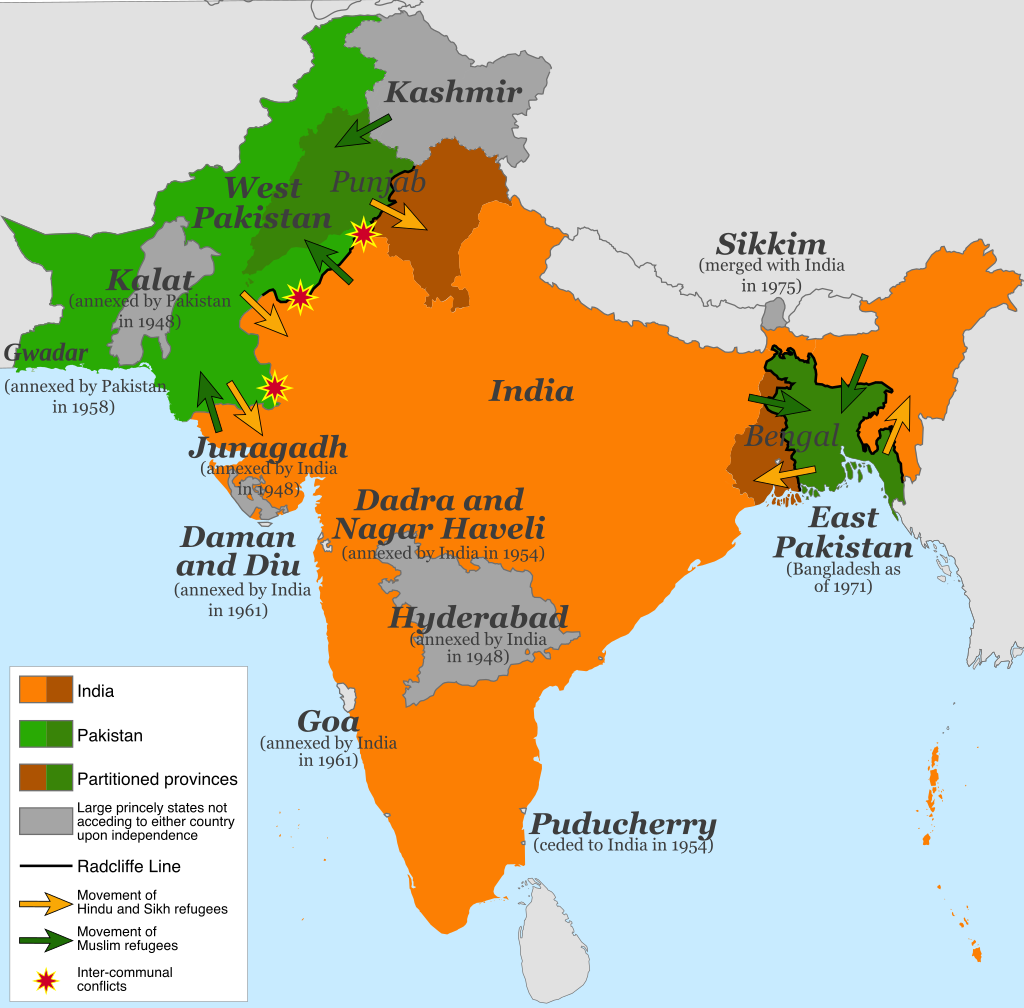
The repercussion of the partition is still visible. People in India still have fury over anything related to Pakistan and the same is true vice versa. Most of the hate has been pushed further because of the political agenda and news media who want to use this partition as a tool to push religious agendas while earning money.
When people are so focused on border issues, they won’t raise their voices against internal issues such as poverty, hunger, sanitation, women-safety, and development.
Pakistan got the wrong end of the deal. As Tim Marshall states, ‘Pakistan is geographically, economically, demographically, and militarily weaker than India. Its national identity is not as strong.’
Pakistan just received 17% of the financial reserves that had been controlled by the pre-partition government.
It inherited India’s most troublesome border, the North-West frontier with Afghanistan called Pakhtunkhwa. The Pashtuns are said to have never accepted the outside rule i.e. Islamabad. They are loyal to their tribes in Afghania.
Balochistan also has an independence movement that pops up sporadically. Then there is Punjab which has the majority of Indians who migrated to Pakistan. Sindh is another province in Pakistan. Tim Marshall states about Sindh, “the Sindh region has long chafed at what it feels to have Punjabi dominance, and many Sindhs think they are treated as second-class citizens.”
And then there is Kashmir. Pakistan claims it is theirs and has formed an autonomous Azad Kashmir. India says that the princely state of Jammu and Kashmir came to India after Independence based on the accession signed in 1947 and thus, rightfully in India.
It’s important to India because India gets an Afghan border plus they don’t allow China to connect with Pakistan, at least geographically. China meddles with politics in Kashmir because of the port of Gwadar. And Pakistan claims Kashmir because of the majority Muslim population.
“Islam, cricket, the Intelligence Service, military, and the fear of India are what hold Pakistan together”, says Tim Marshall.
While India allows Pakistan to occupy not just a part of Kashmir but most of the Indian minds through constant comparison and inconsequential bickering over the news and at the border. India is like a school student who scores 65% in their exams but they compare themselves to the 40% scoring students just to bolster their ego.
But what majority people forget in this bickering is that the neighboring enemy was our brother, sister, and family just 73 years ago and we fought together against a common enemy.
The enemy that drew that bizarre line on a map.
A lot of quotes and statements were from Prisoners of Geography by Tim Marshall. I would highly recommend reading this book.
If you liked this post, you will also like –
Also, here is a list of books that I have gifted the most to my friends.
Note: Some items listed above are Amazon affiliate links. This means I receive a very small commission if you make a purchase after clicking through any of the images (links) above, at no additional cost to you (i.e. the prices don’t change).


